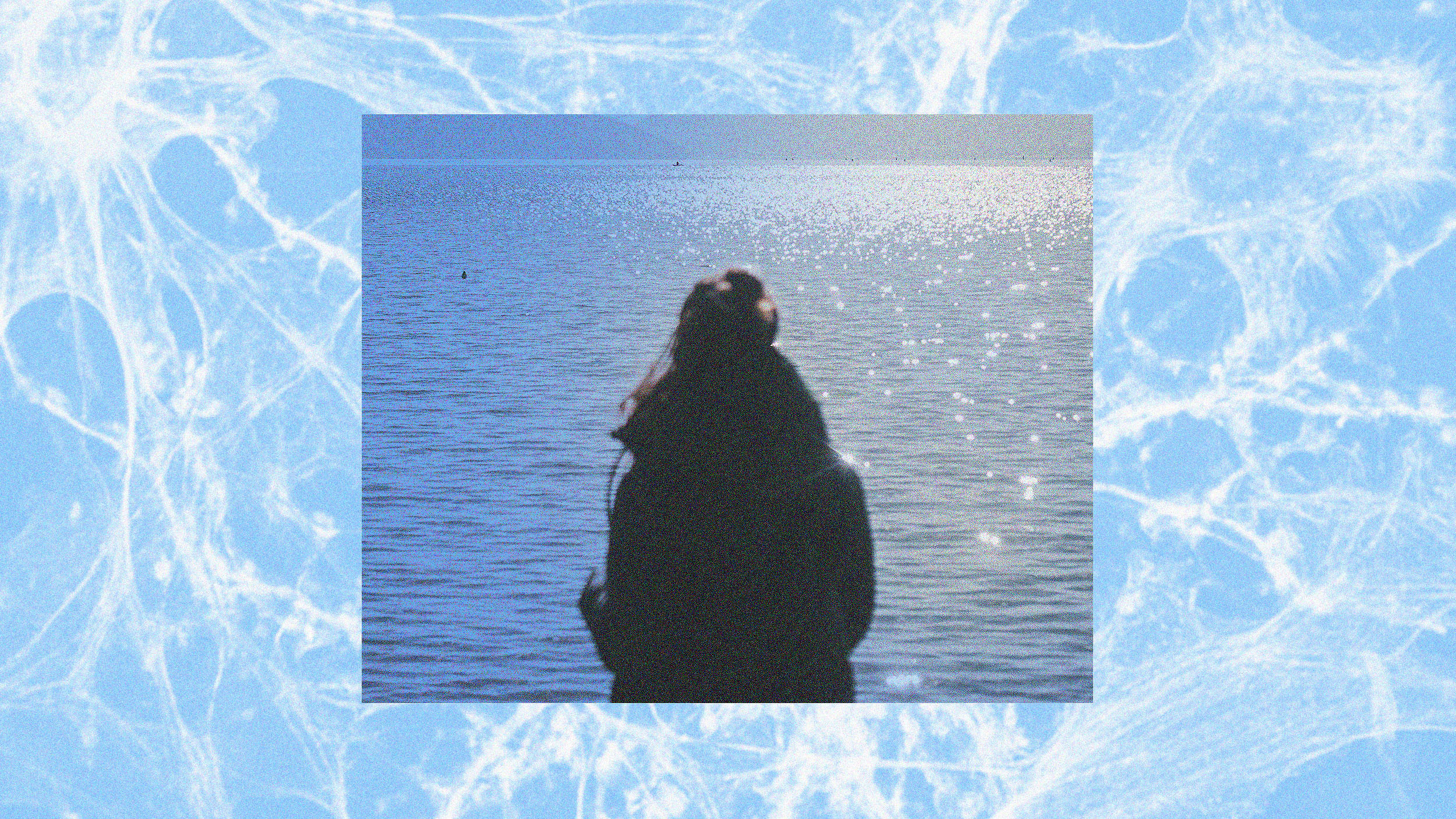The Economist’s Airbrushed Politics

It probably wouldn’t have been that hard—from some angle—to get a picture of President Obama by himself on a Louisiana beach looking down at the ground, apparently at a loss. But The Economist didn’t have one for its cover story on President Obama’s treatment of BP since the oil spill. So it decided to make one of its own.
As the New York Times Media Decoder blog writes, it was “the ideal metaphor for a politically troubled president.” So The Economist took a Reuters photo of Obama standing on the beach with Adm. Thad Allen and local parish president Charlotte Randolph and completely removed Obama’s companions, leaving him standing on the beach alone.
Reuters has a strict policy against its own photographers “modifying, removing, adding to or altering any of its photographs without first obtaining the permission of Reuters and, where necessary, the third parties referred to.” Reuters itself was at the center of photo-manipulation controversy in 2006, when one of its photographers added smoke to a picture to make damage from an Israeli attack on Beirut look worse than it really was.
The Economist is unapologetic. Emma Duncan, an Economist editor, told the New York Times that she had Randolph removed because she wanted readers to focus on Obama, not because she wanted to make him look isolated. It was not, she says, to make a political point, but because having an unknown woman in the shot would have been puzzling to readers.
It’s still not okay. The criticism of Obama is fair enough. The spill may be the product of cronyism that dates back to the Bush administration, but Obama’s Secretary of the Interior, Ken Salazar, hasn’t made good on his promise to reform the Minerals Management Service. Nor has Obama necessarily responded particularly well to the spill. You can certainly make the case, as The Economist does, that business leaders see his treatment of BP as part of an overall attack on business. And it’s true that the altered photograph doesn’t really falsify any historical event.
But although most of us know by now that photos can be easily altered, we nevertheless assume that newspaper photographs that show no obvious signs of edits are images of what actually happened, not artistic renderings of fictive events. It’s bad enough that our fashion and lifestyle magazines are full of pictures of celebrities that have been doctored past the point of what’s anatomically possible. When journalists do the doctoring, it misrepresents history. While I’m sure the photo was edited for compositional reasons, it’s hard to believe that the altered picture wasn’t also chosen because it made Obama look confused and forlorn. That’s just dishonest, and it’s the wrong way to make an editorial point.





